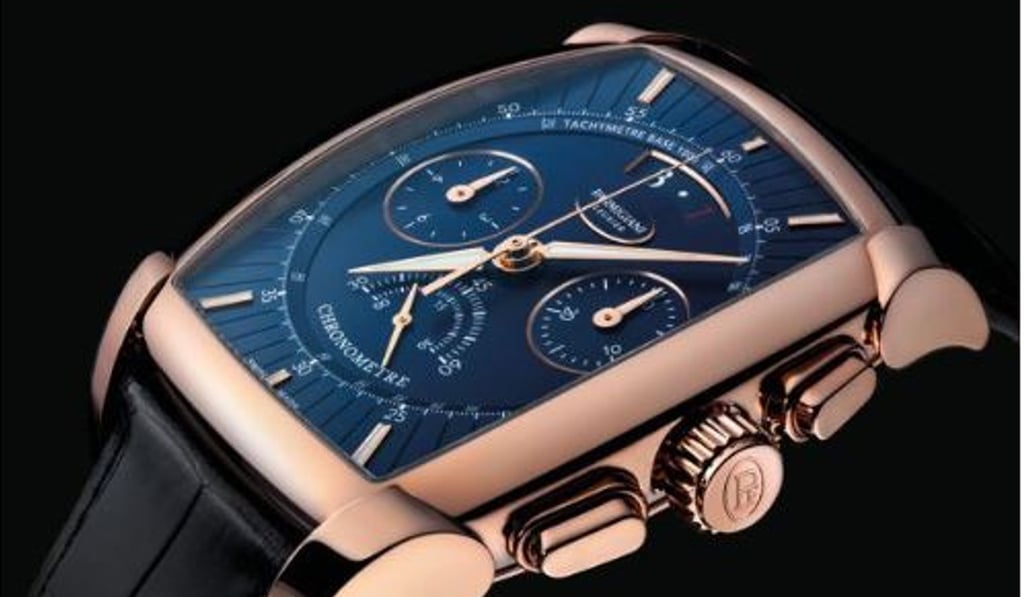SIHH: Parmigiani Fleurier hails 2018 ‘The Year of the Kalpa’

The brand debuts a new, more refined version of its the Kalpa collection, with its iconic tonneau shape
Parmigiani Fleurier has hailed 2018 “The Year of the Kalpa”, celebrating the first tonneau-shaped watch created by founder Michel Parmigiani in 1998. The two-decade journey of this model began with the birth of the watchmaker’s first in-house wristwatch movement, the calibre PF110, which gave the design the distinctive profile. The teardrop-shaped lugs, inspired by the golden spiral in geometry, were created to achieve an ergonomical form. The watch was also a pioneer at the time on the technological front with its power reserve indicator, eight-day power reserve and the double barrel for regularity.

At SIHH 2018, the Kalpa is given three models with three new COSC-certified mechanisms. Overall, the new Kalpa has been given a more modern look.
The tonneau case features a contemporary look with tautened lines and a slight concavity that adds dynamism to the overall appearance, with the teardrop lugs resized and realigned correspondingly. “The lugs are a central feature of the ergonomics of wearing and we’ve adjusted their shape and orientation in the 2018 Kalpa so that they are just right to fit the watch head on the wrist snugly,” says founder Michel Parmigiani. The crown has also been enlarged. At the back, the movement – with guilloché parts and adorned with Parmigiani Fleurier’s signature barley grain motif – is on full display through the sapphire glass window. Guilloché is also applied to the dial, alongside an opaline centre and snailed counters.

The Kalpa Chronor, limited to 50 pieces, measures 48.2mm x 40.4mm and features the world’s first solid gold, self-winding, integrated chronograph movement, providing hour, minute, small second and chronograph functions with a tachymeter and date window. Water-resistant to 30 metres and made of hand-polished 18ct rose gold, this timepiece’s calibre PF365 took six years to develop and oscillates at the high frequency of 36,000 vibrations per hour for a reading accuracy of one-tenth of a second.

